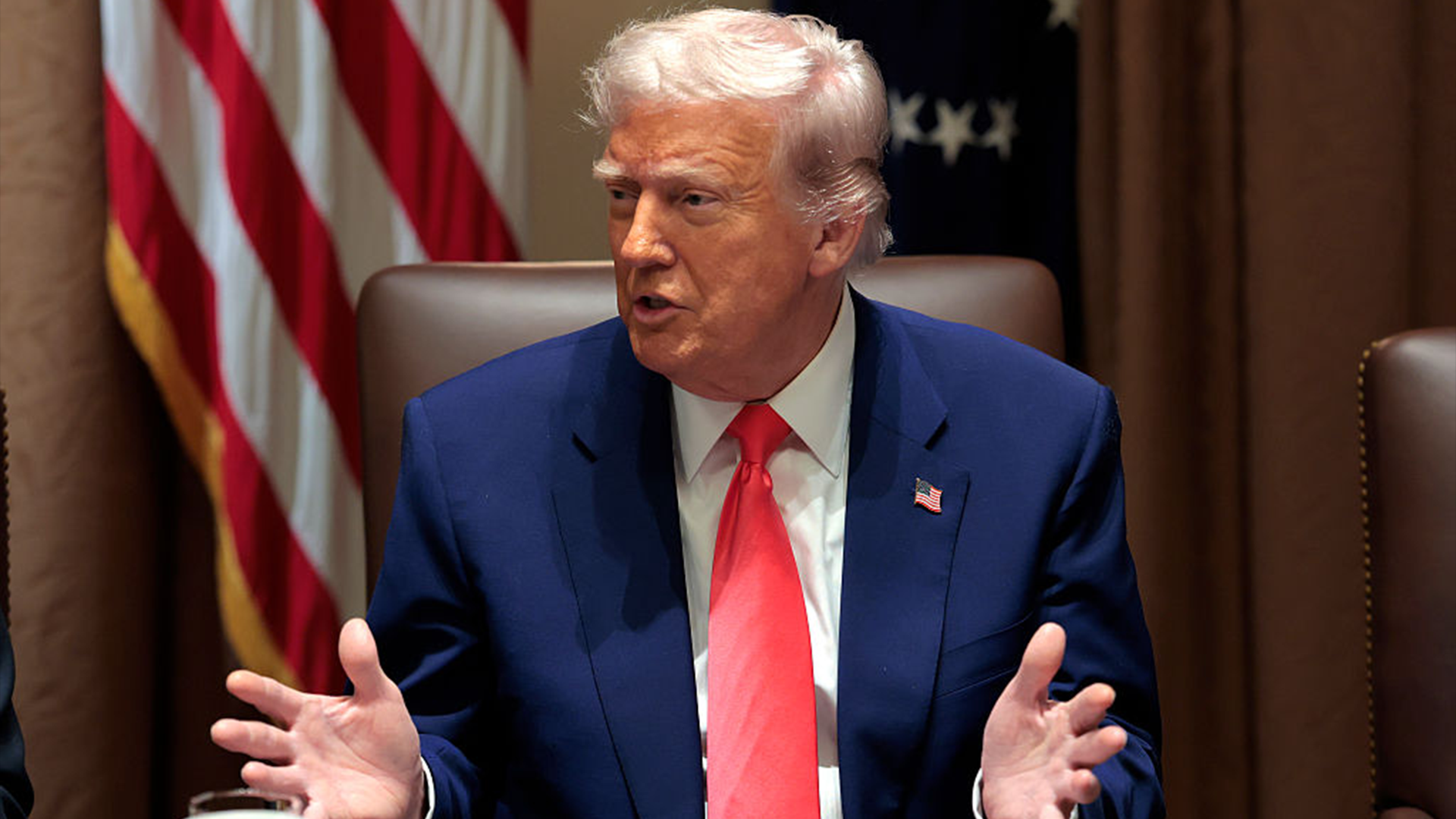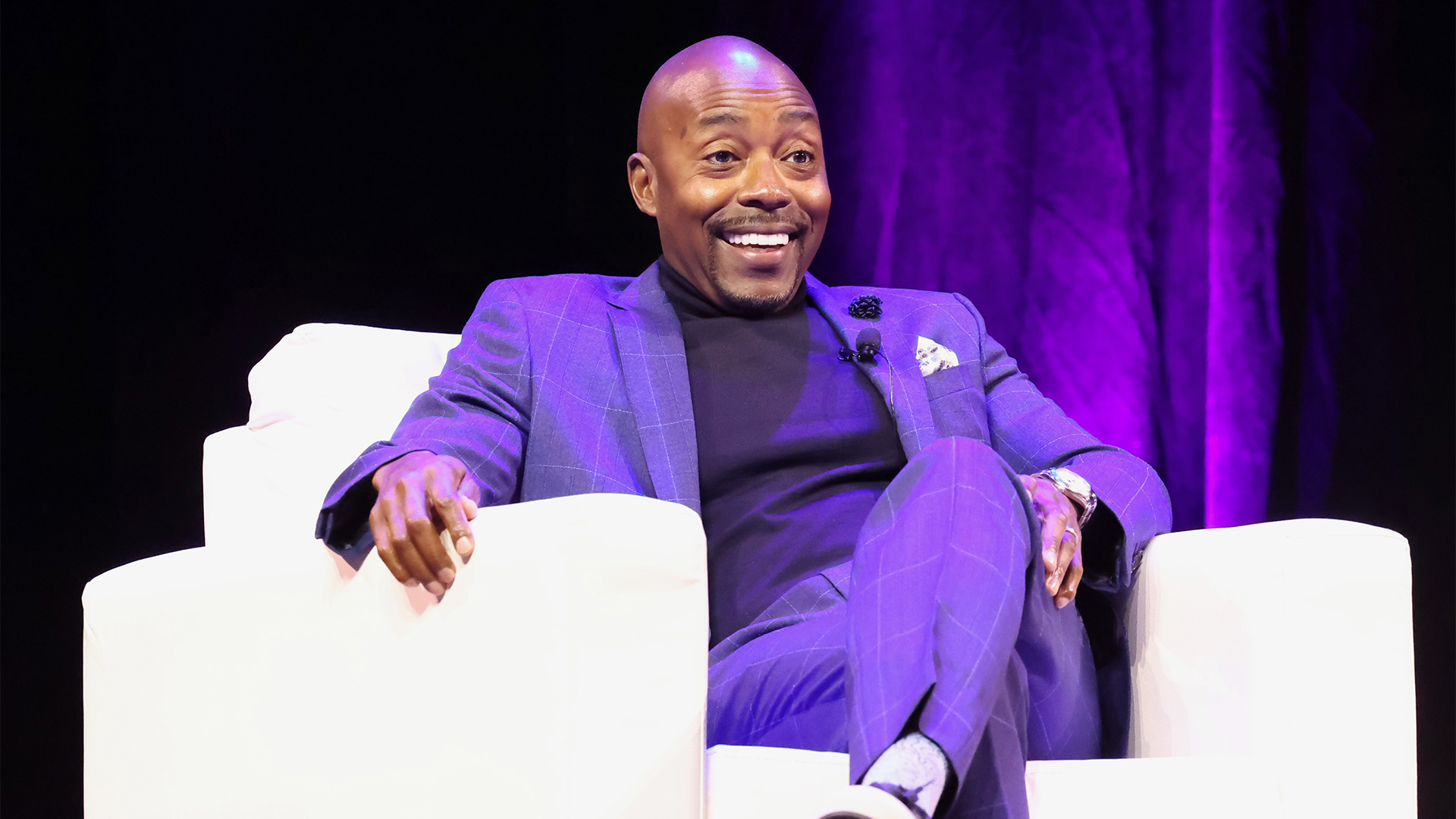This article was originally published on 07/01/2019
In April 2019, I became the first Black woman (arguably the first Black person) to raise over $1 million in capital through a secure token offering (STO) equity crowdfunding raise, using Title III of the JOBS Act.
This groundbreaking legislation signed into law by President Obama in 2012 loosened restrictions on capital raising for small businesses and allows companies to solicit capital from the general public (accredited and non-accredited). This is different from donation-based crowdfunding platforms (like Kickstarter and GoFundMe), where contributors may receive discounts on certain items or receive early access to a company’s new products, but never an equity stake.
In 2017, I raised close to $1 million for my company, PopCom, from accredited VCs and angel investors including TechStars and Backstage Capital. This process was exhausting. The requirement to be accredited and write a minimum check of $10,000 prevented many of my close friends and family from participating in our round. When I learned about the JOBS Act I was particularly attracted to crowdfunding because it allowed me to leverage my personal network to accumulate relatively small amounts of investment from many individual contributors.
Traditionally, there has been a huge barrier to entry for the private equity investment market. An investor has to be both accredited AND in the network to have access to early-stage deals. Last month, there were posts being circulated on social media about early-stage investors in UBER and their returns. The posts claimed that one investor put in $5,000 and received a $25,000,000 return when the company IPO’d. Believe me, not just anyone with $5,000 to spare had an opportunity to invest in UBER. I believe the JOBS Act is helping to close that gap and creating a pathway to grow generational wealth in communities that have typically been left out of these deals. Every investment is a risk, investors can lose their money or win big. However, giving the general public access to early-stage technology deals can ensure more of us are on the winning side when companies IPO or exit.
Every day people ask me how I raised money and for crowdfunding advice. I have put together my top 10 tips for a successful crowdfunding campaign. This is what worked for me. It took us 100 days to raise $1,300,000 from accredited and non-accredited investors on Start Engine. However, the work to achieve this historical milestone started years ago.
Here’s what you should know BEFORE you consider a crowdfunding campaign:
- Build your network organically. Attend conferences and events. When you meet people, don’t just take their business cards and connect on LinkedIn, create an email list to keep people updated on what you are working on, your progress, recent media, and how they can help you (I use MailChimp, HERE is an example of one of my updates from 2018). Never just add people to the list, ask them first, people appreciate it and won’t feel spammed. Do not send these updates more than once a month.
- Be very organized with your business. Maintain due diligence with all important documents organized. Update it each month. Click HERE to see a list of what is needed during fundraising. Always stay ready so you never have to get ready. You will not be approved by any equity crowdfunding platform without going through due diligence.
- Maintain updated financial statements. When you raise capital, investors must see current P&Ls, balance sheets, cash flow statements and use of funds projections. These documents are required along with current customers and sales pipeline information. The valuation for your crowdfunding round has to be approved, you don’t just make up your company value and start selling shares. This number is based on previous fundraising valuation, current sales, customer pipeline, and future projections.
- Research, interview, and analyze the equity crowdfunding platforms to identify which one is best for you. These platforms have their own terms, charge fees/escrow fees, credit card fees, a percentage of the raise, and some request equity. Set your fundraising goal and create a few scenarios to estimate what the fees could be. We raised $1,300,000. We were able to directly disburse $1,070,000 (due to the Reg CF 12 month cap, the rest is on hold on a waitlist). Then, we paid close to $90,000 in fees. Do your research to see which platform has the best fees.
- Create marketing materials. Make sure you have your own graphic designer to design your page. You want it to stand out. I hired a content director to manage video, social media posts, and marketing content full-time for the duration of the campaign. Our content and marketing strategy is what set us apart from the rest.
- Engage your warm network before you launch. The first 14-30 days can make or break your campaign. Once you receive a launch date from your platform, start to notify your friends, family, and network to inform them of your launch. You want to get as much early momentum as possible. It is very hard to get strangers to invest in your company if you don’t have momentum. We raised $25,000 in the first few weeks, that early traction was very helpful. Most platforms have thousands of investors registered, but they will not promote your campaign until you hit certain milestones on your own. Do not rely on them to bring in investors for you.
- Run paid advertisements. Advertise on Facebook, Instagram, and YouTube starting in month #2. I hired an agency to manage our campaigns. We invested $30,000 in ads and secured $250,000 from those ads throughout the campaign. I did not hire a publicist, all of our press is organic. I built relationships with journalists, and they have continued to support me through the years. You can reach out to them directly and pitch your own company, they are accessible. If you have a budget put that into ads, not PR.
- Be VERY active on social media and on your campaign page. Update people every step of the way. When you start taking disbursements they know it, let them know what you are doing with the money to give them confidence in you. I did bi-weekly “ask me anything” sessions with the hashtag, “#AMA,” on Instagram live. This gave current and potential investors an opportunity to engage with me and ask me questions live. Then, I posted the videos on our company YouTube page.
- If you can, go on a roadshow. Attend every event, speaking engagement, and mixer, that you can, in order to connect with investors. Interview with every podcast and blog (large and small). Show your face where ever you can. It can be exhausting, which is where self-care comes in — DO NOT burn yourself out. Set boundaries and always schedule rest days.
- Last but not least — Communicate. Once the money is raised and the round is closed, be even more active with the updates. I have personally been hosting meet and greets around the country in the top five cities from my campaign to give investors an opportunity to connect with me and each other. My investors are now my biggest ambassadors and advocates. We will be raising another round, and I know we have a community behind us.
If you want to stay updated on our progress, please subscribe to the PopCom YouTube page and sign up for my email list.
















